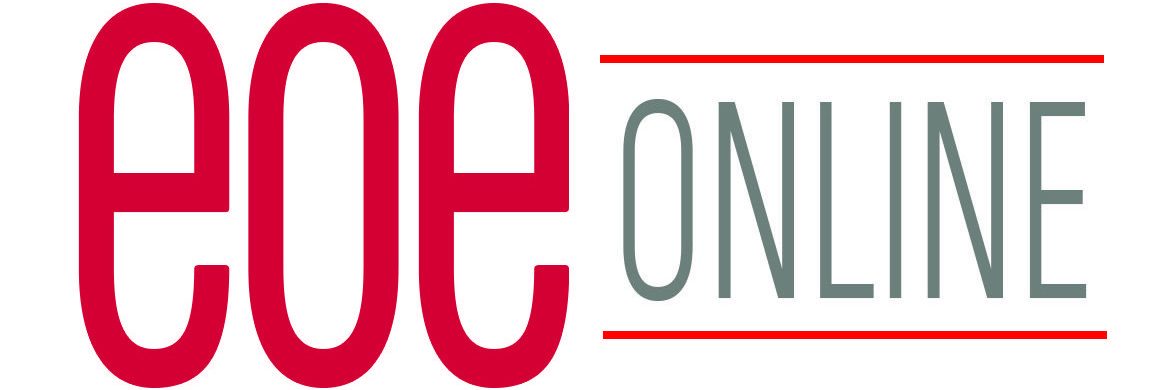
The purpose of Deaf Awareness Month is to increase public awareness of deaf issues, people, and culture. Activities and events throughout Deaf Awareness Weeks encourage individuals to come together as a community for both educational events and celebrations.
History
The first International Day of the Deaf was first celebrated by the World Federation of the Deaf (WFD) in 1958. The day of awareness was later extended to a full week, becoming the International Week of the Deaf.
The World Federation of the Deaf (WFD) is an international, non-governmental organization of national associations of Deaf people and is recognized by the United Nations (UN) as their spokes-organization to promote the human rights of Deaf people. The WFD is composed of 130 national associations of the deaf and represents approximately 70 million Deaf people worldwide.
International Week of the Deaf is recognized by Deaf communities internationally. The World Federation of the Deaf celebrates International Week of the Deaf the last week of September to commemorate the first World Congress of the World Federation of the Deaf, which took place in September 1951. Many countries, like the United States, also celebrate the International Week of the Deaf the last week of September, but there are some countries that choose to observe the week at a different time.
National affiliates and regional partners of the World Federation of the Deaf help to lead International Day of the Deaf across the world. The National Association of the Deaf (NAD) represents the United States at the General Assembly and World Congress of the World Federation of the Deaf and they promote Deaf Awareness Week in the United States.
Why Celebrate Deaf Awareness??
The purpose of Deaf Awareness Week is to increase public awareness of deaf issues, people, and culture. Activities and events throughout Deaf Awareness Week encourage individuals to come together as a community for both educational events and celebrations.
Messages during Deaf Awareness Week include:
- Celebrate the culture, heritage, and language unique to deaf people of the world.
- Promote the rights of Deaf people throughout the world, including education for Deaf people, access to information and services, the use of sign languages, and human rights for Deaf people in developing countries.2
- Recognize achievements of deaf people, including famous deaf individuals.
- Educate about the misconceptions of being deaf and the challenges the deaf population face during everyday life.
- Learn about types, degrees, and causes of hearing loss.
- Be exposed to sign language and other ways deaf and hard of hearing people communicate.
- Learn about the types of educational programs, support services, and resources that are available to the deaf and hard of hearing community, including children.
- Gain a better understanding of deaf culture.
- Understand that deaf and hard of hearing individuals are just as capable, able, and intelligent as hearing individuals. There is a difference in the way those that are deaf and hard of hearing communicate, but it is not a handicap or disability.
